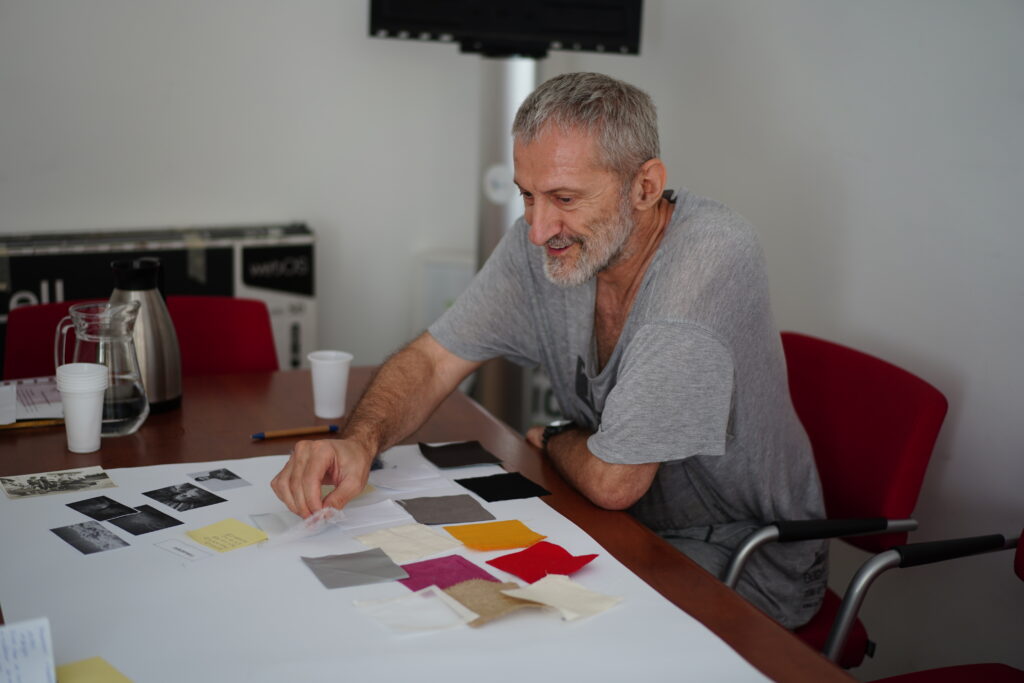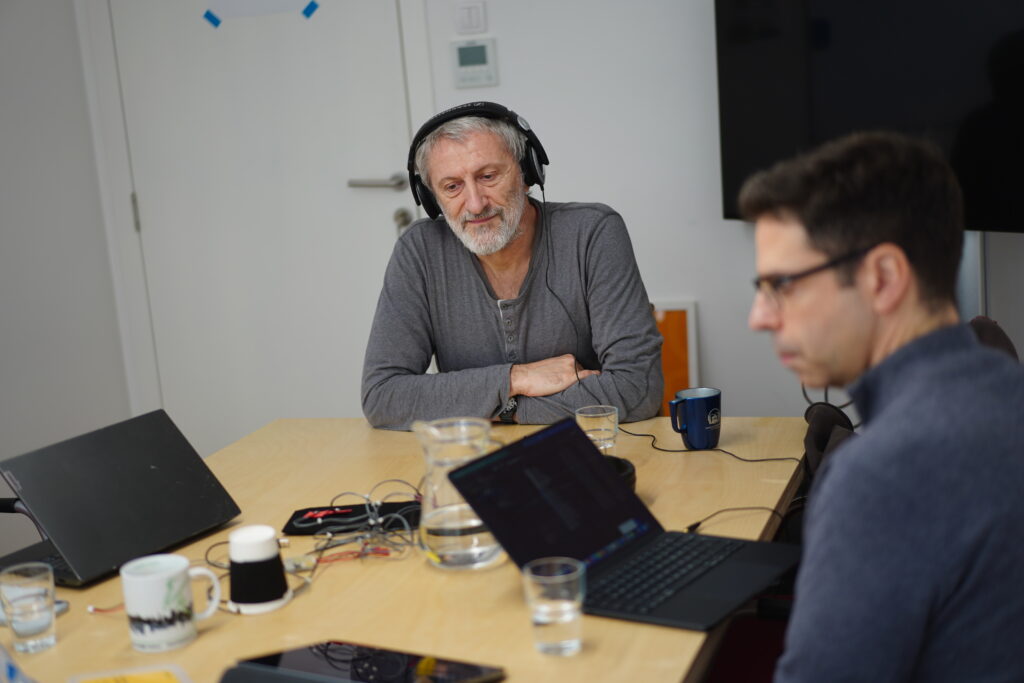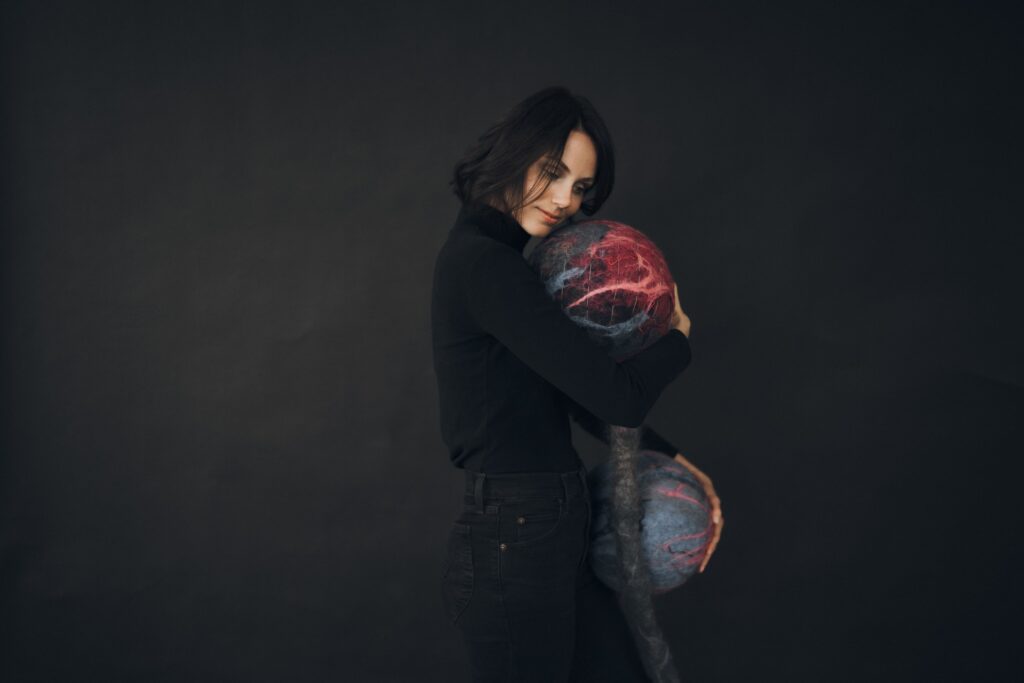Creating the Sculptures
The creation process unfolded in several steps: first, we selected the memories to bring to life, then we prototyped vibrations and sonic sketches, followed by testing and, finally, production. During testing, we tried out different vibration patterns and sound sketches, refining them with feedback from the seniors. The production phase took five months, during which we built the sculptures, integrated the final haptic and sonic elements, and shaped their forms, drawing inspiration from textile workshops.
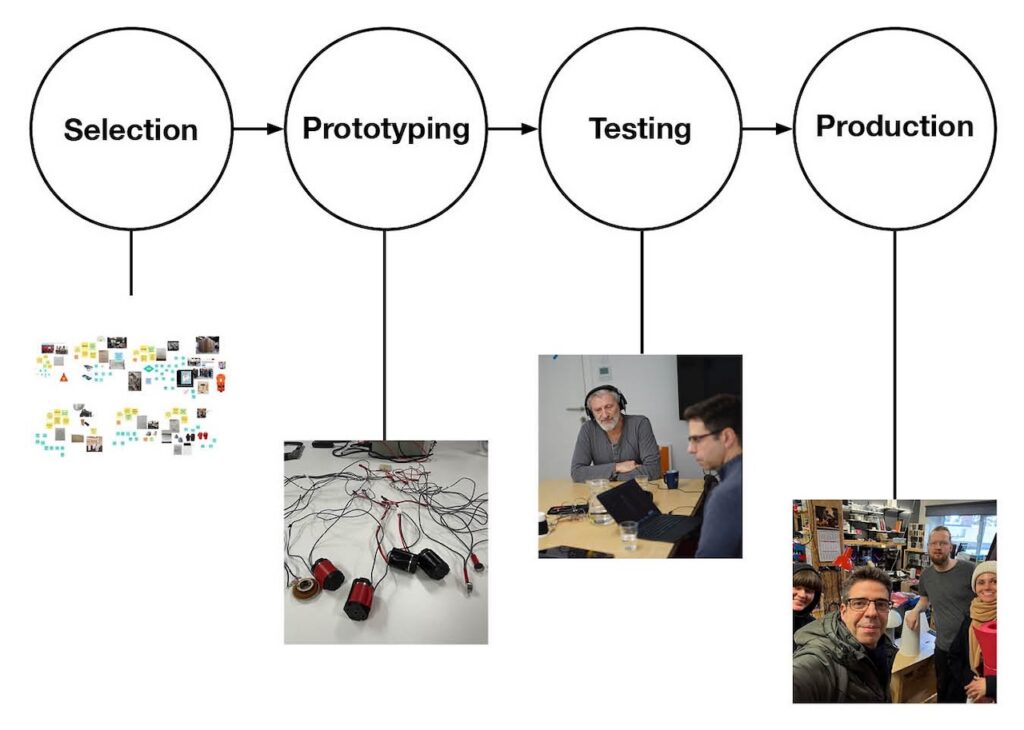
Sculptures
Fighting Fire
This memory recalls a fire in a seaside village Makarska, where the author of the memory organized students to help fight it. It captures the fear and uncertainty in the moment, followed by relief and joy when the fire was extinguished. The participant also highlighted a powerful sense of unity, as people from Serbia and Croatia came together like a family in the face of danger.
The haptic pattern reflects the emotional arc—from fear to joy—as the event unfolds. The sensation begins gently and intensifies gradually, like a wave building over time, symbolizing the rising tension and eventual release.

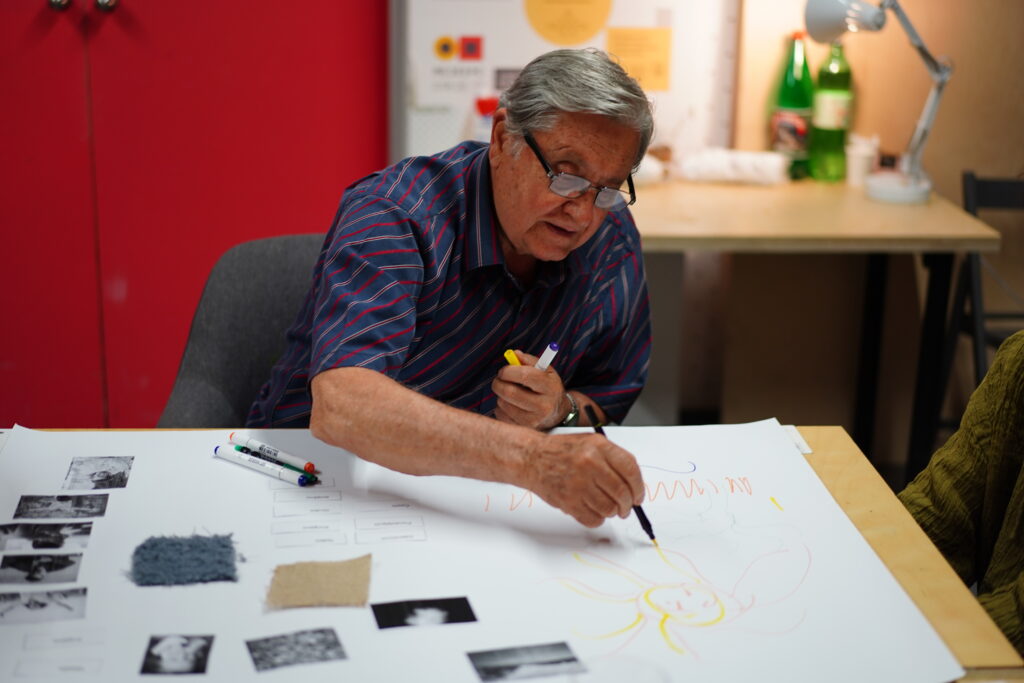
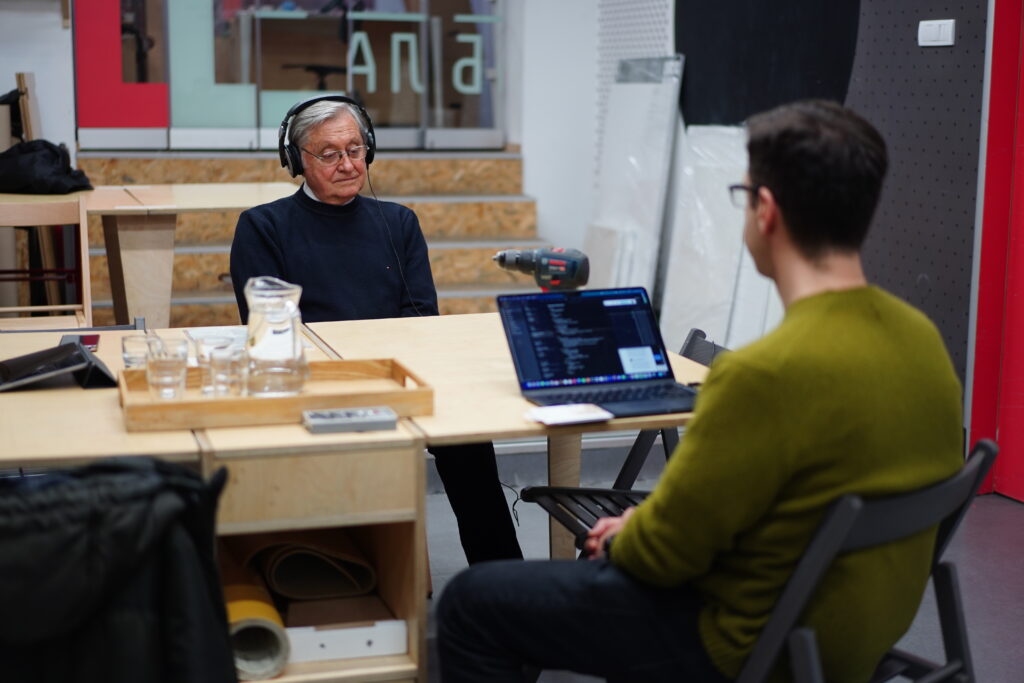
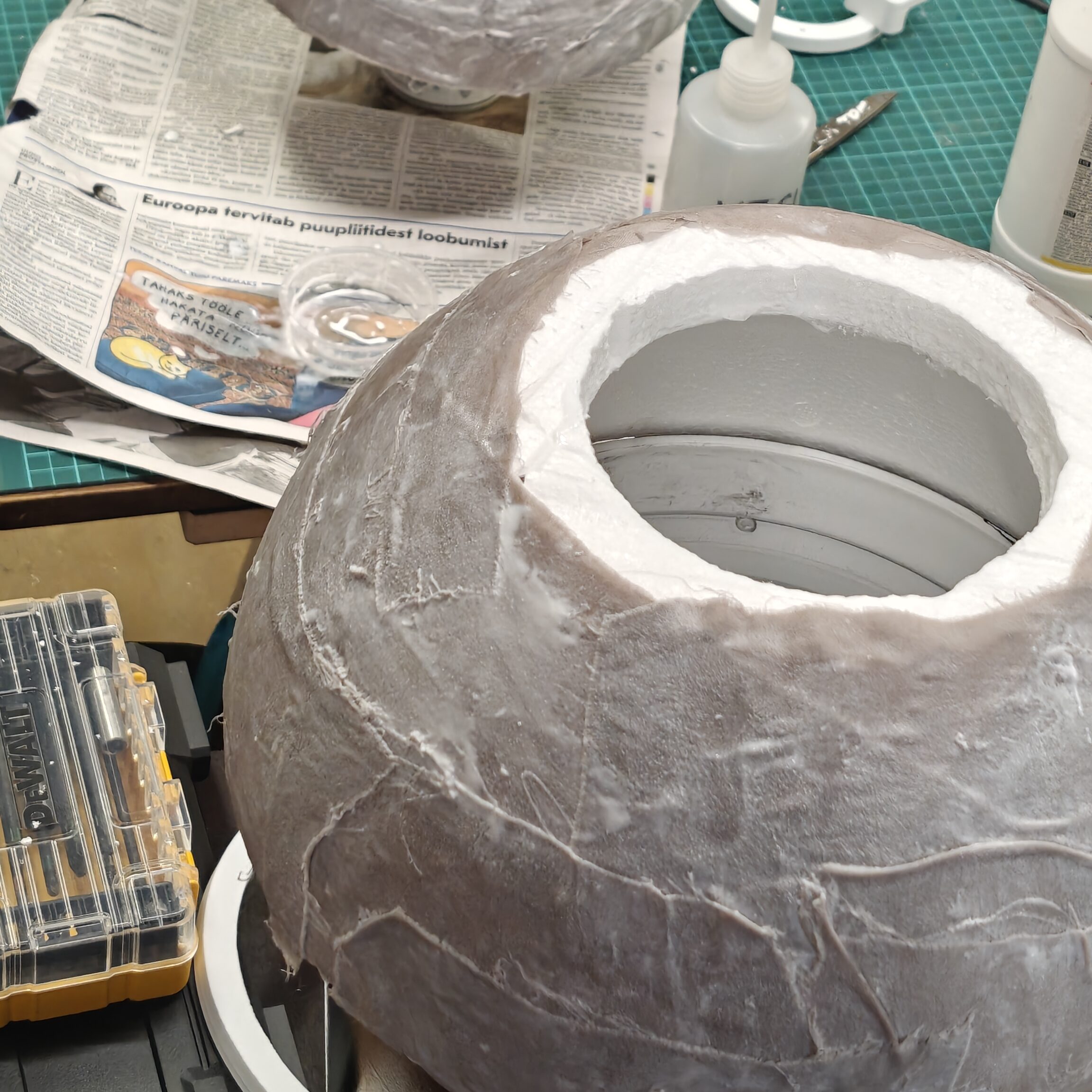
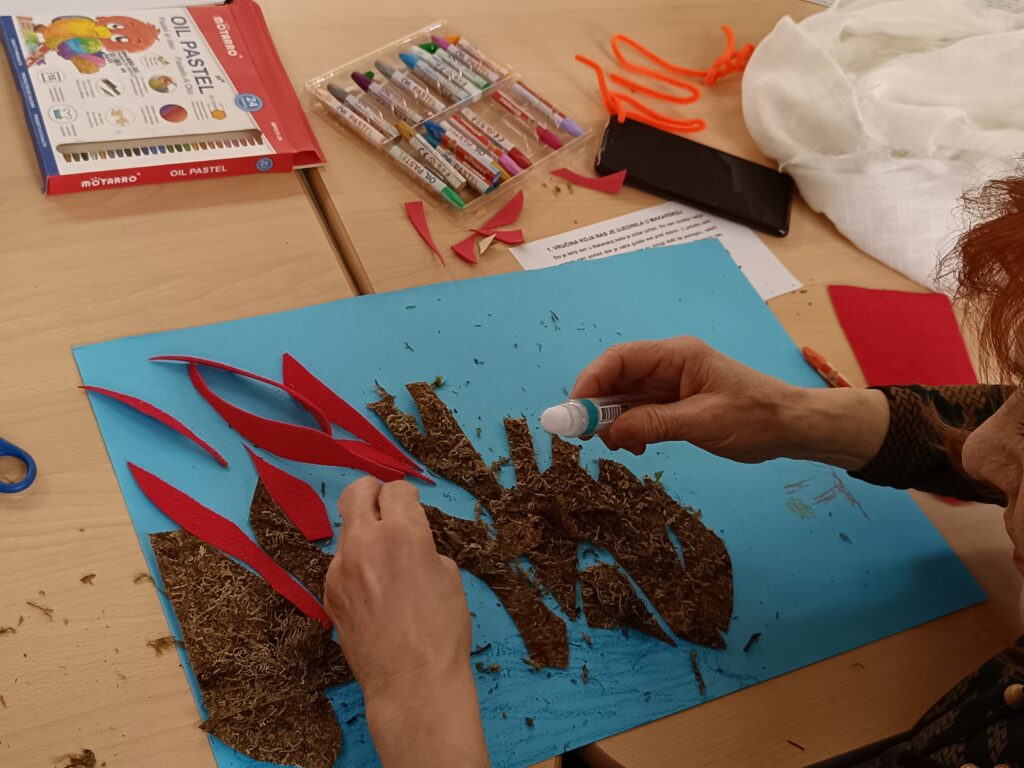
Smoke from the Laptop
This technology-related memory recalls a moment in Kraljevo about 10 years ago, when the author of the memory tried to find her favorite music on her daughter’s laptop. While typing, she accidentally pressed the wrong keys, causing the laptop to overheat and start smoking, which she then threw water at to prevent it from burning. She felt shocked, angry, and blamed herself. She described the experience as a sudden, cold burst rushing through her body, like a splash of cold water, followed by a lingering sense of discomfort and shame.
The haptic pattern captures this instant jolt of panic and disappointment, followed by a spreading, unpleasant aftertaste.
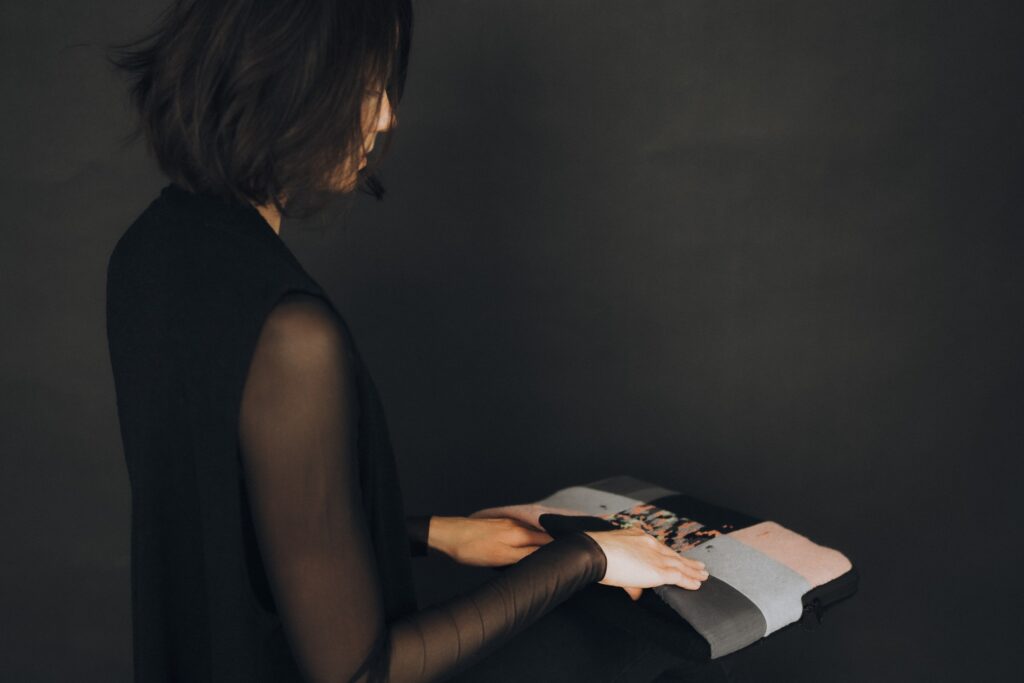
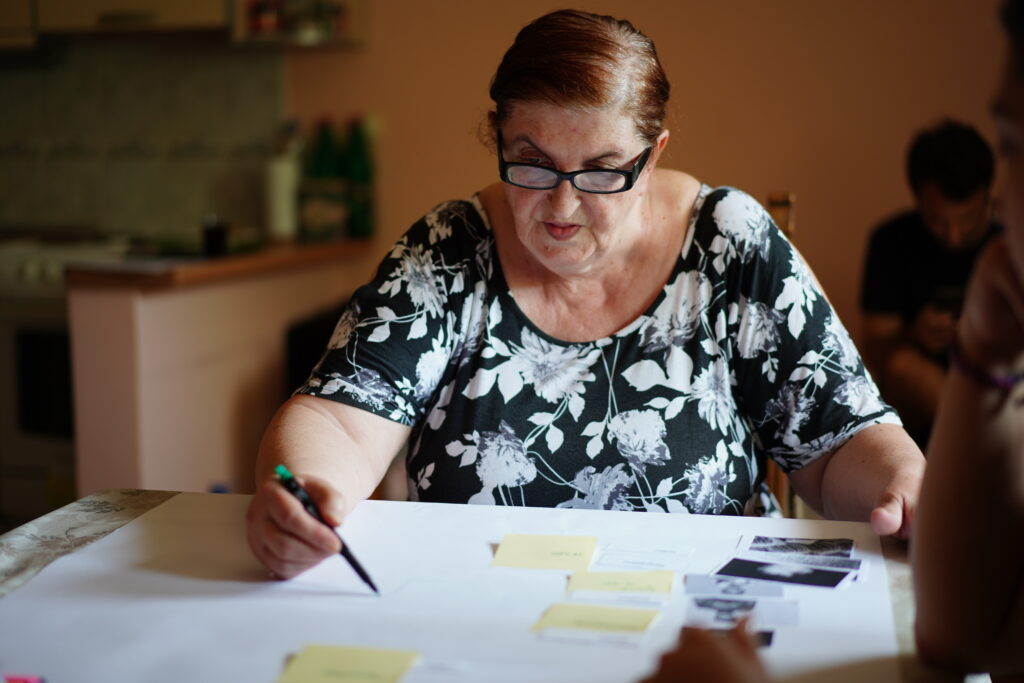
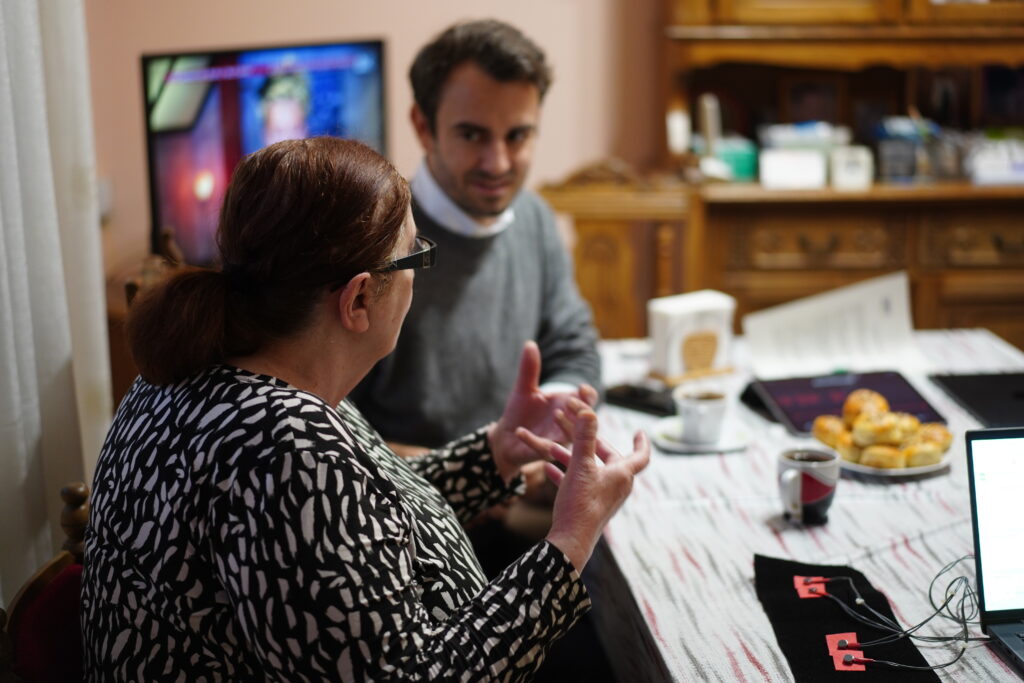
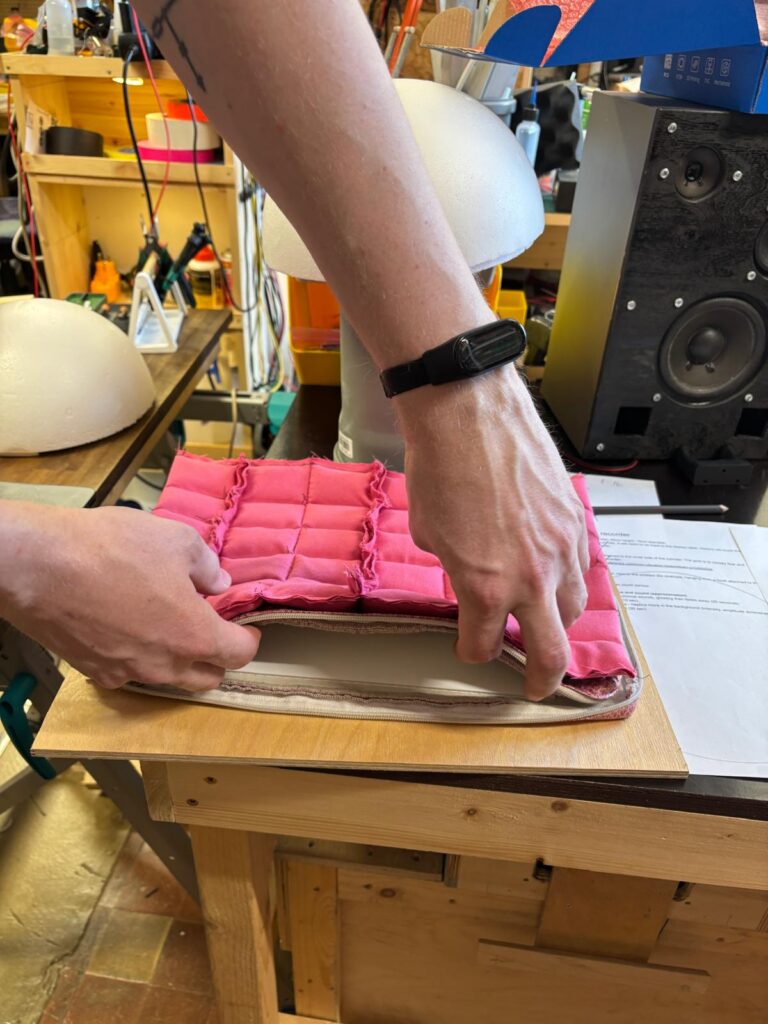
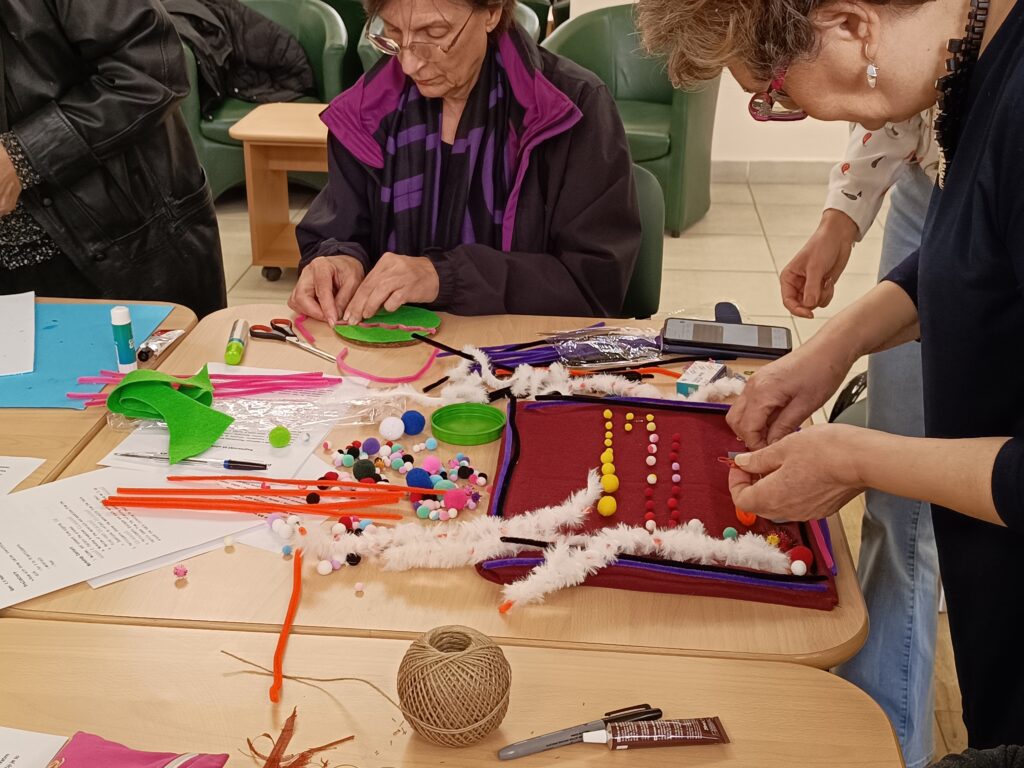
Broken Recorder
Around 1968, at the age of 10, the author of the memory accidentally broke a Philips recorder that only her parents were allowed to use. While playing with it in her father’s absence, the tape unraveled and jammed. The key moment centers on the shock and fear she felt, anticipating her father’s anger. He was furious upon discovering the damage, though they later repaired it together.
The haptic pattern reflects the progression of emotions—from initial excitement, to a sudden halt and shock when the recorder broke, followed by anxiety and gradual calming.
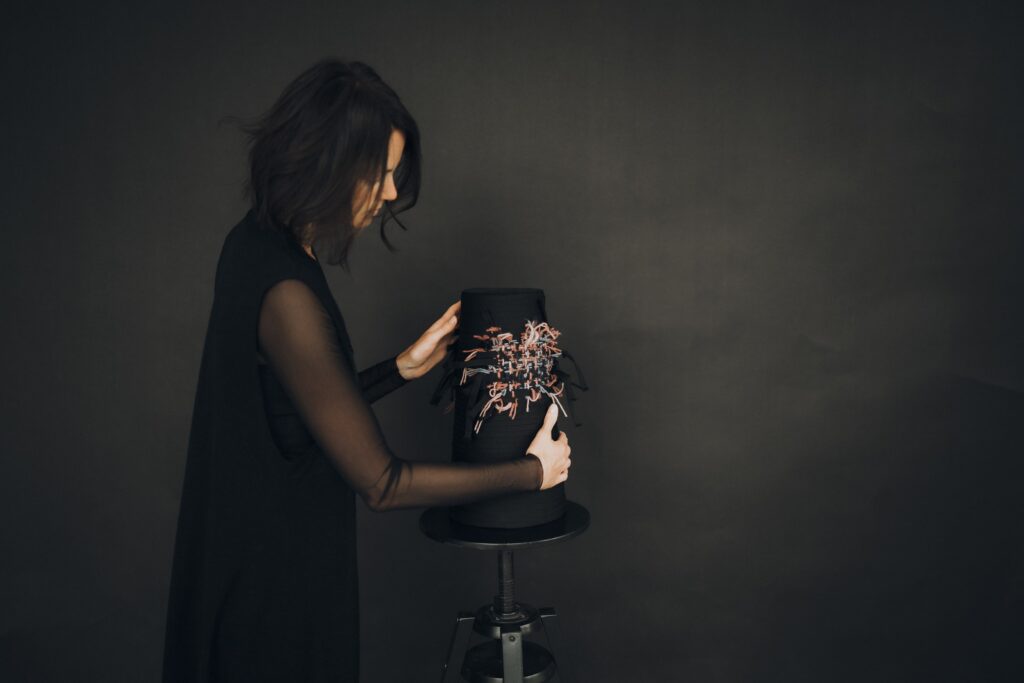
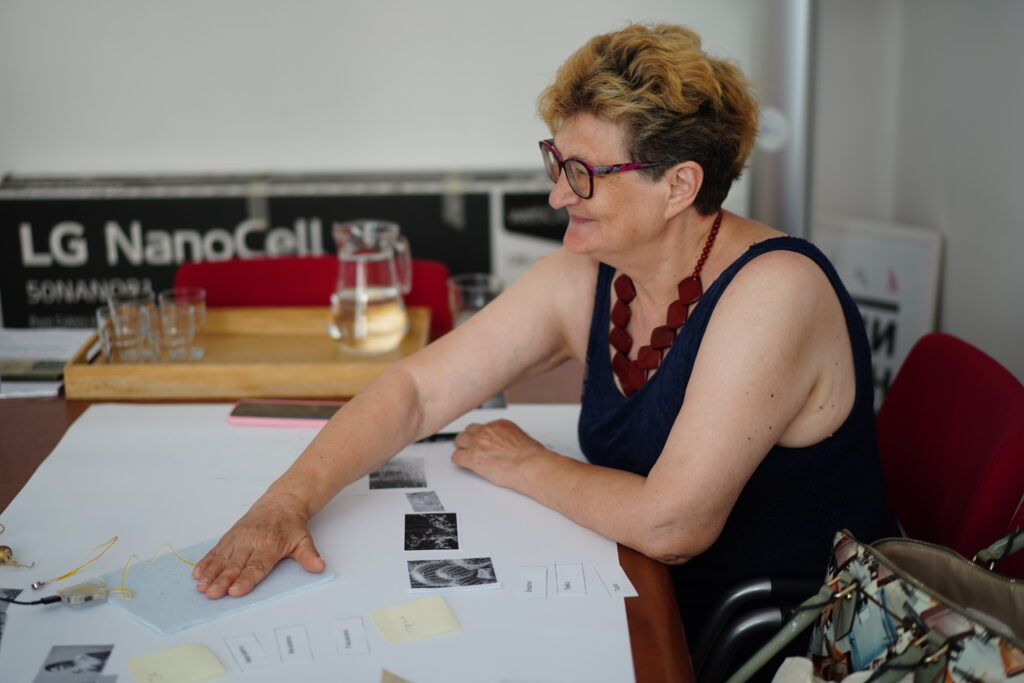

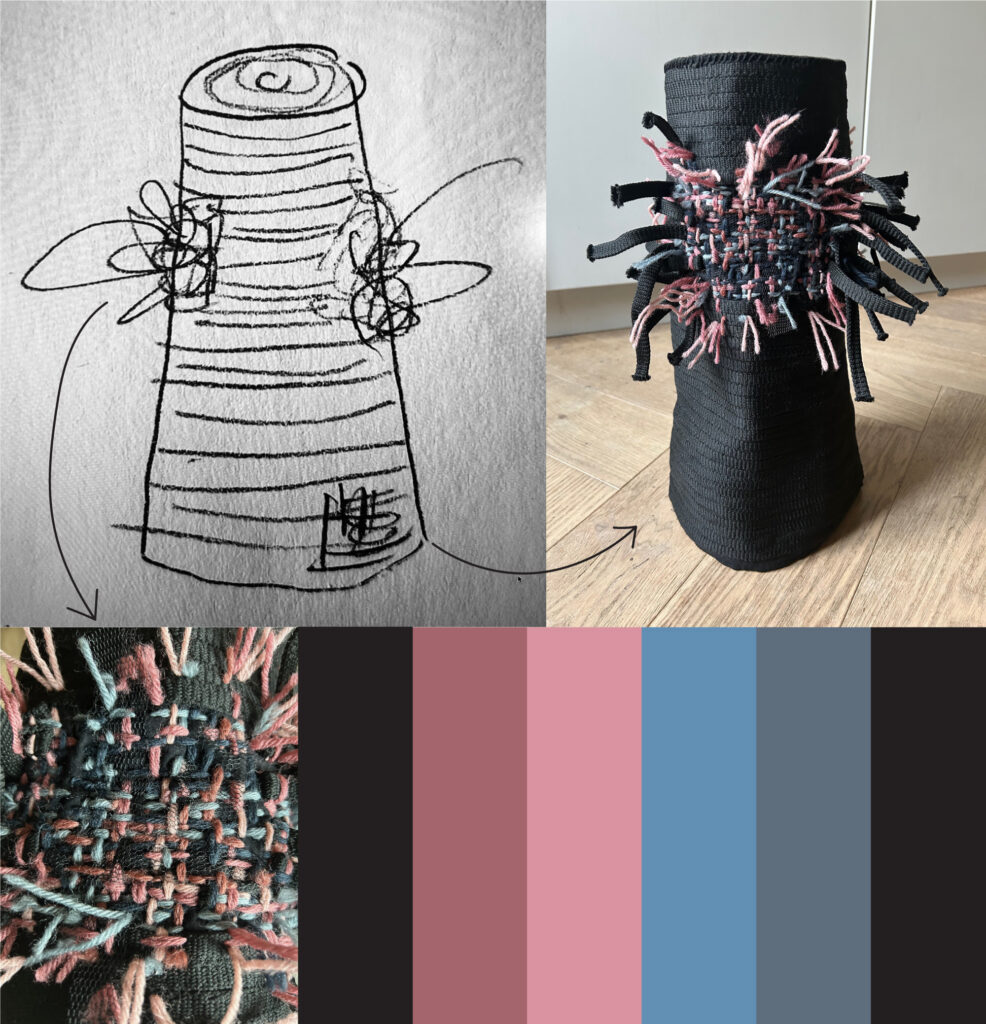

Drowning in the River:
At age 10, the author of this memory nearly drowned in the deep, slow-moving Jarcina River in the village of Prhovo. Though rescued by his brother and a friend, the high, slippery riverbanks made it difficult. Since then, he has been afraid of water and never swam again.
The haptic pattern reflects the experience of drowning—his emotions of strong fear and bodily movements—emphasizing the faster descent and slower, effortful pull upward due to the slippery terrain.
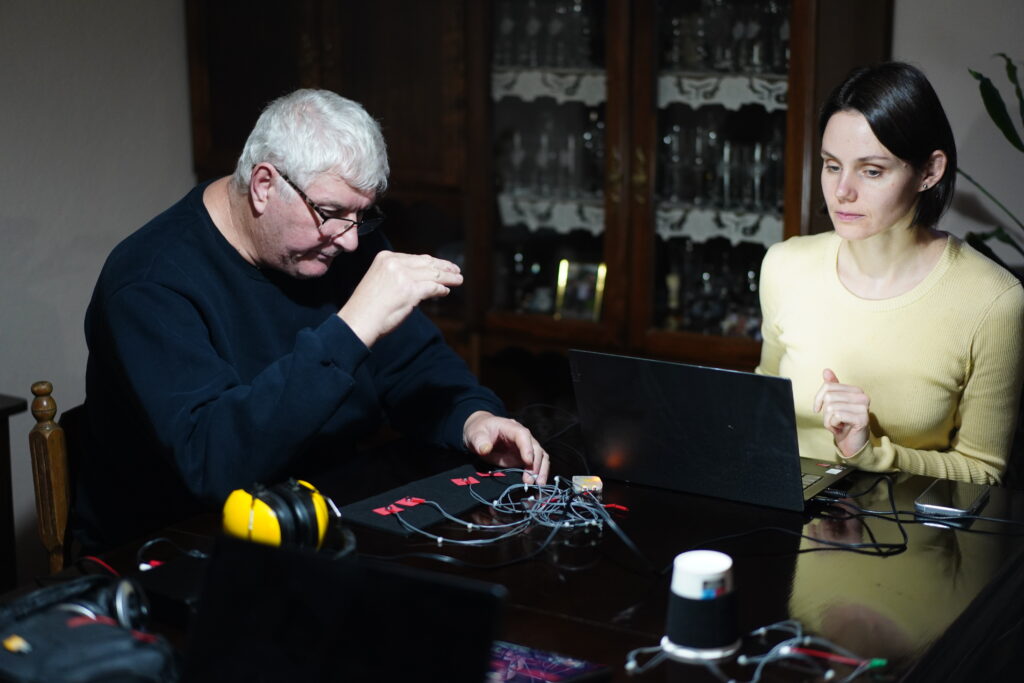
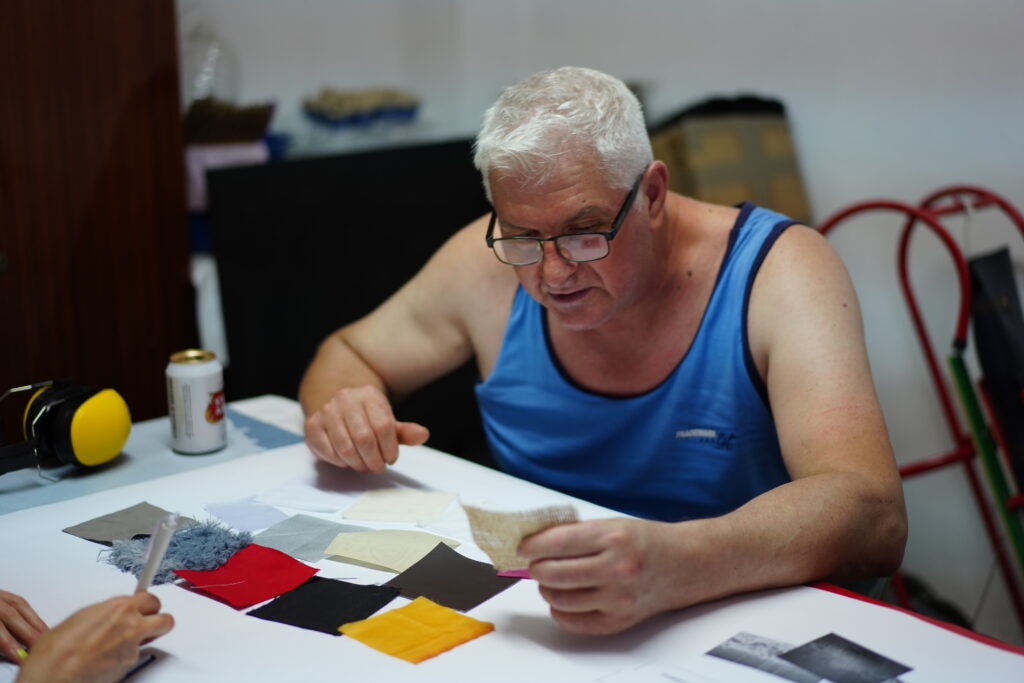
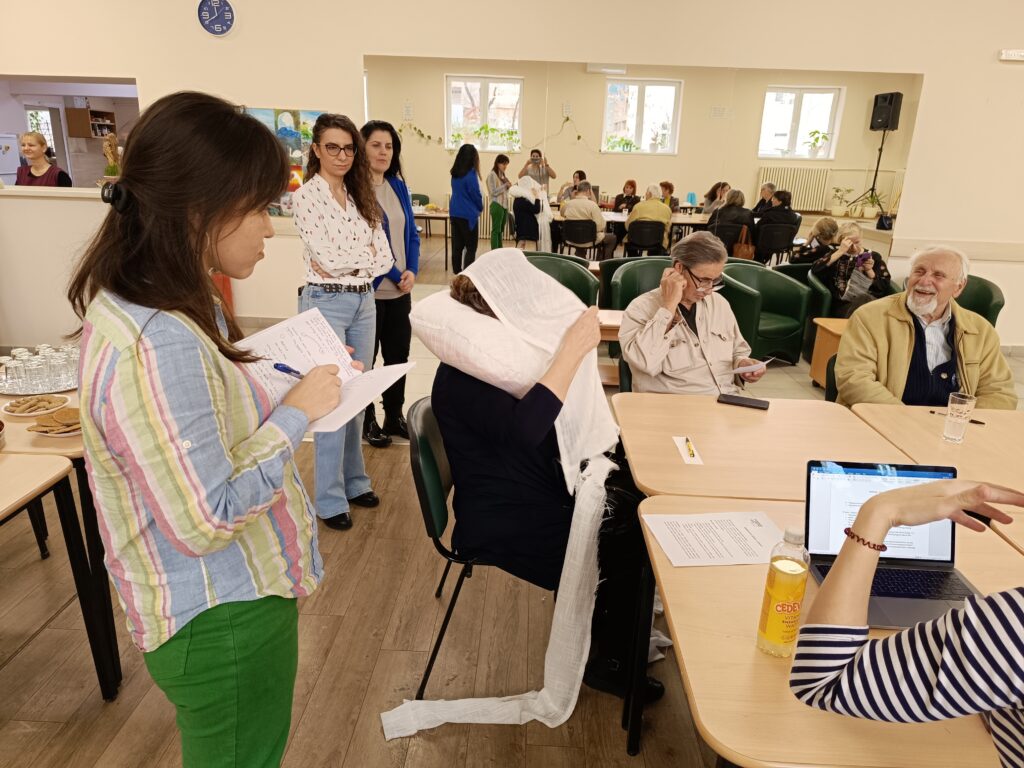
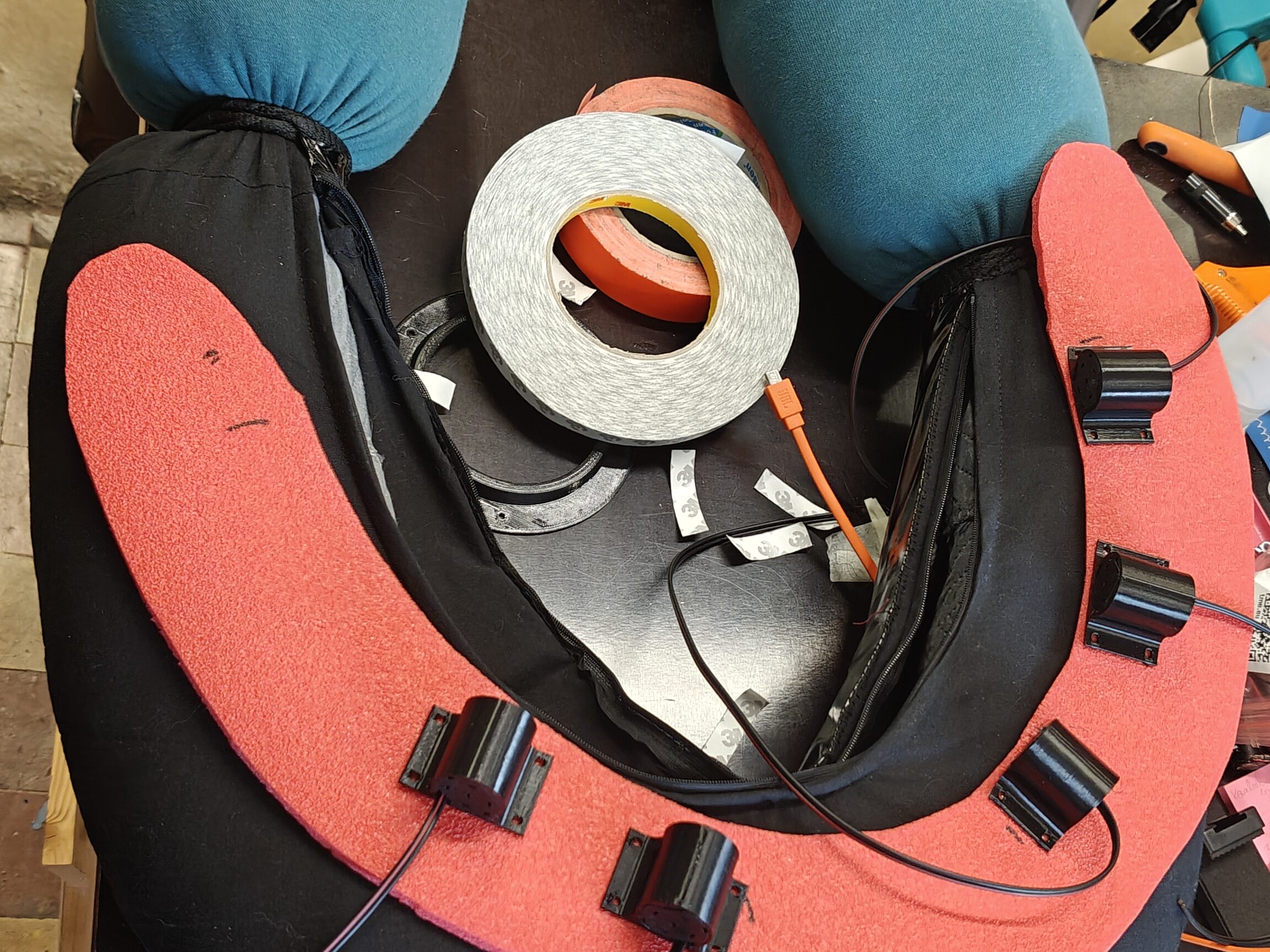
Listening to Radio
The memory revolves around Sunday evenings in the late 1950s, when family and friends gathered around a radio—the only one in town. These evenings, remembered as “happy Sundays,” were filled with warmth, laughter, and the sounds of children playing. Alongside the joy of being together was a sense of freedom, as they secretly tuned in to forbidden Western stations, listening to rock ’n’ roll and news during the Cuban crisis.
The haptic pattern evokes a joyful, goosebumps-like sensation, capturing the excitement and warmth of those moments.
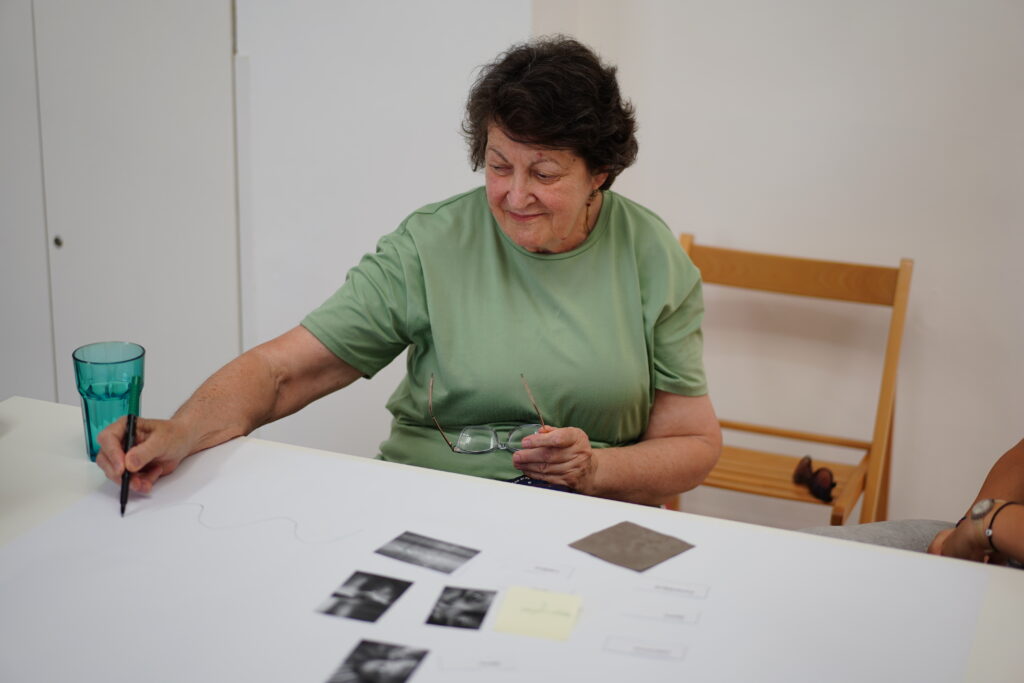
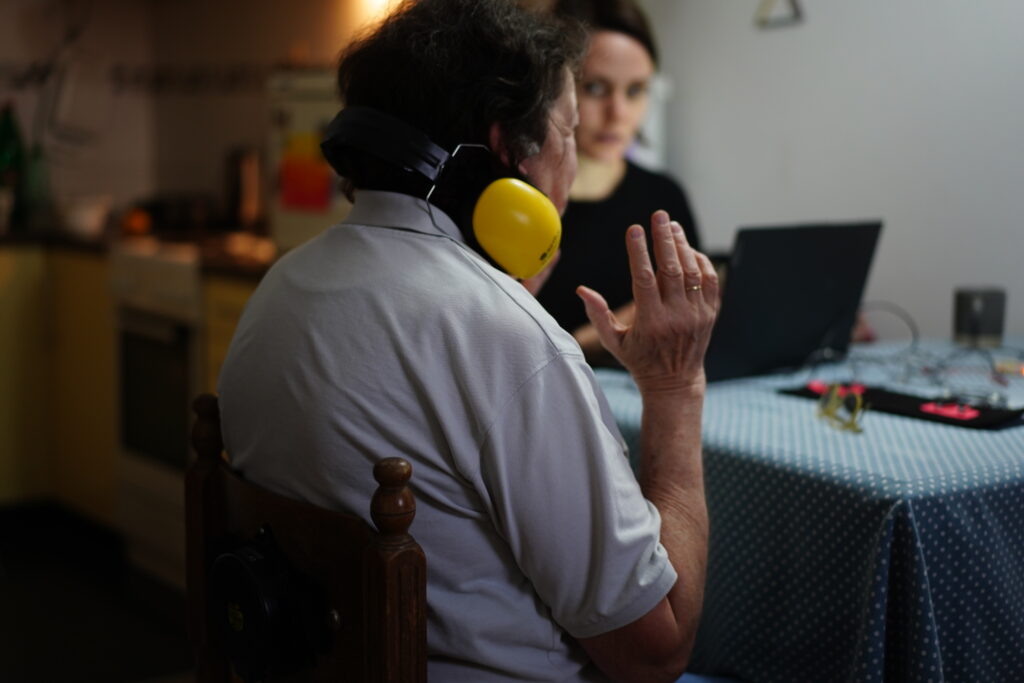
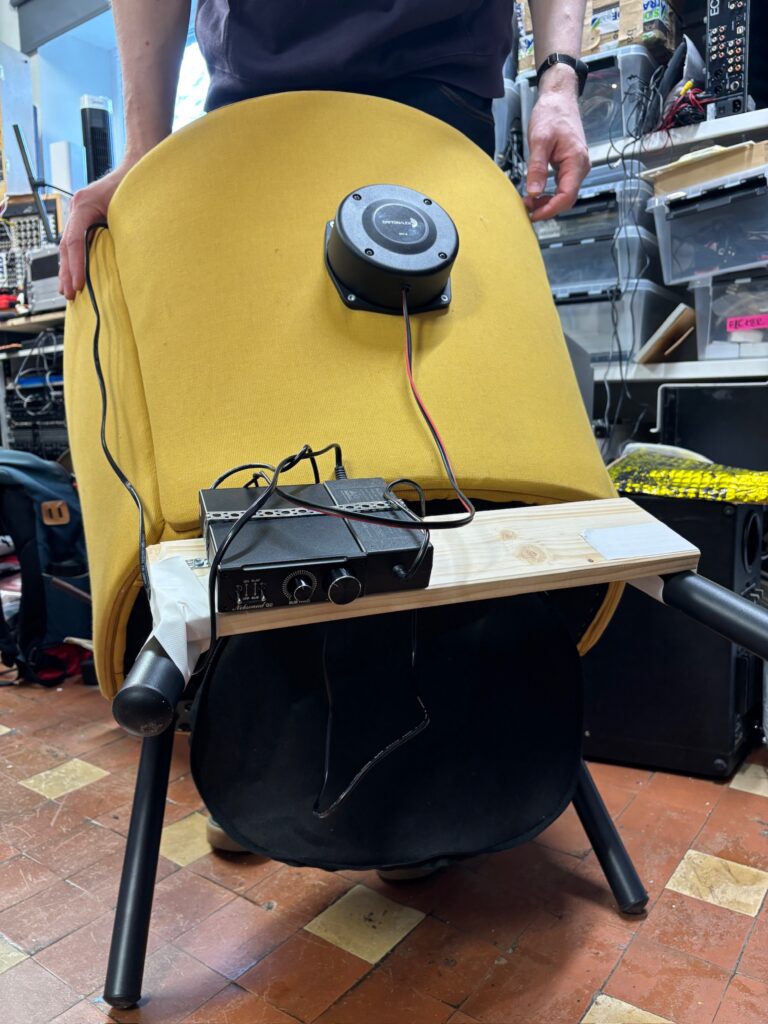
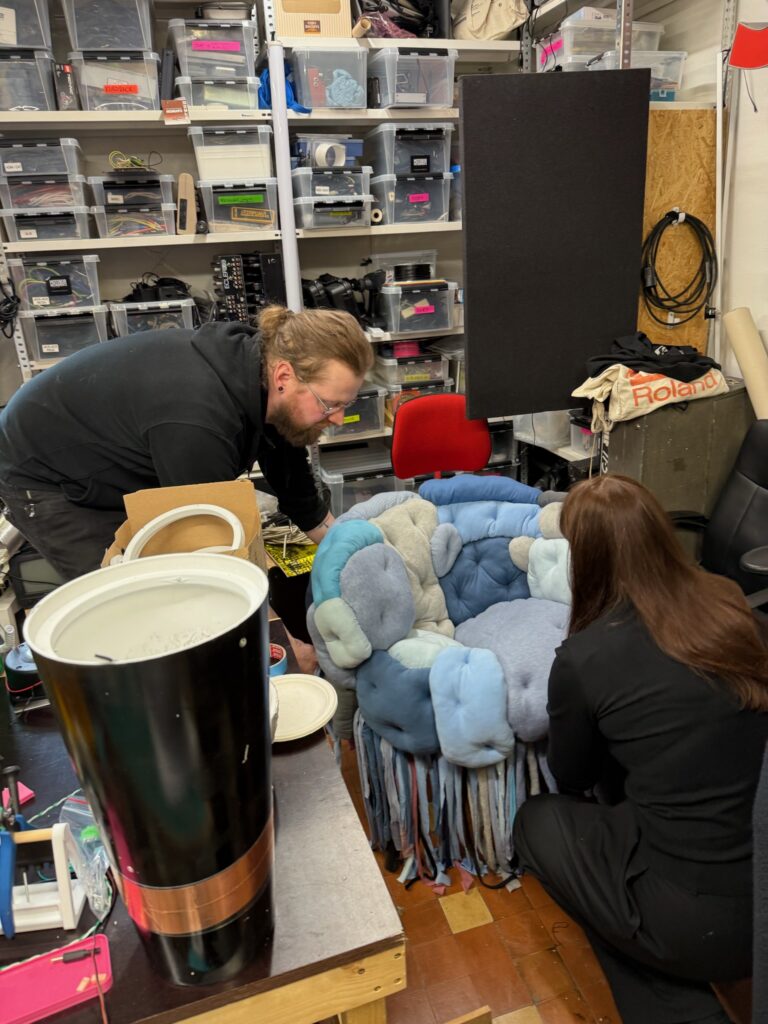
Observing Meteorites
In 1982, during a summer astronomical camp on Prvić Island, Croatia, the author of the memory witnessed a meteor shower for the first time. The experience left him breathless—mesmerized by the vastness and mystery of the universe. Since then, he has kept a tradition of watching the night sky every year on August 11.
The haptic pattern reflects the anticipation and awe of seeing meteorites appear—each spike representing a meteor and the intensity of emotion it evoked.
